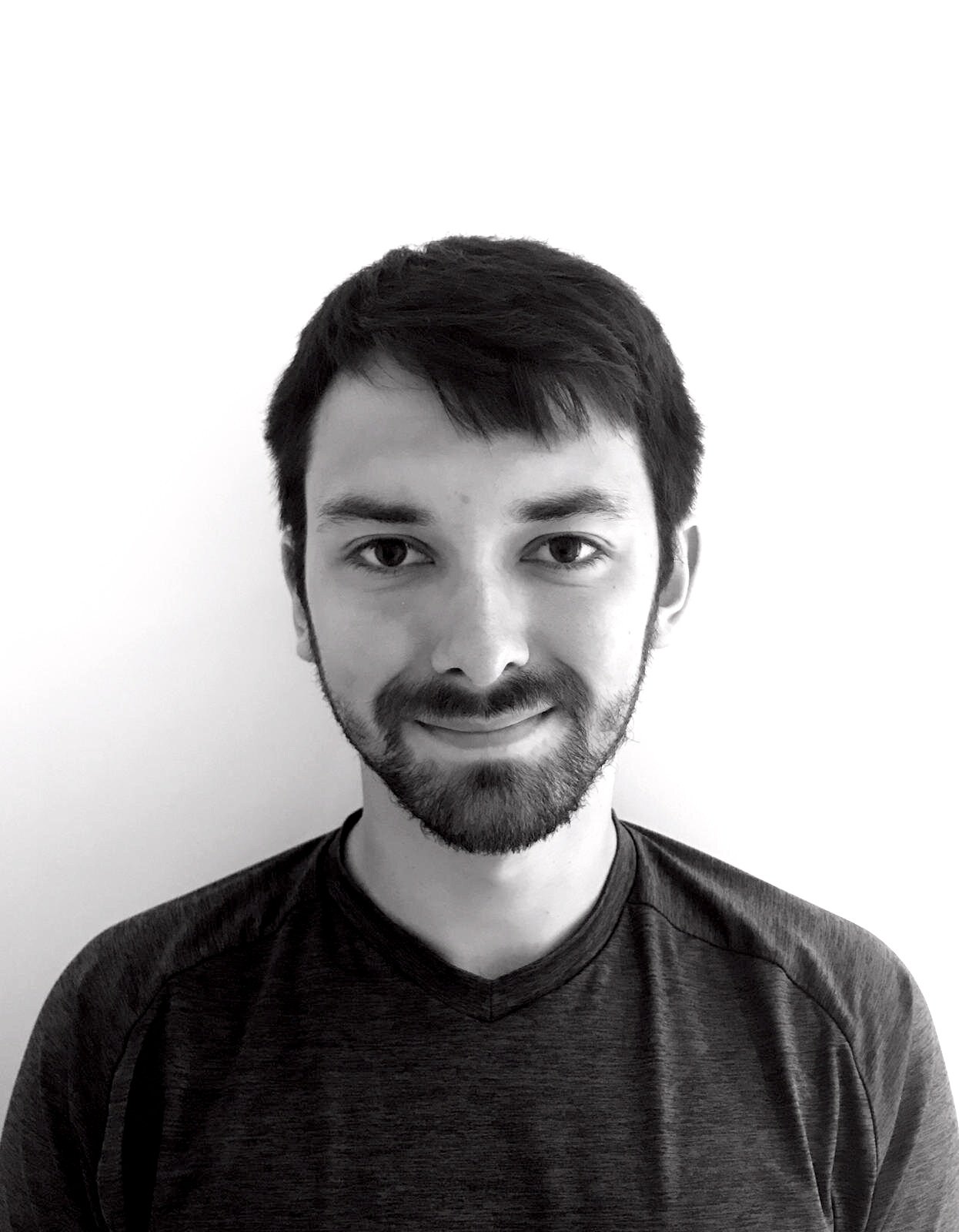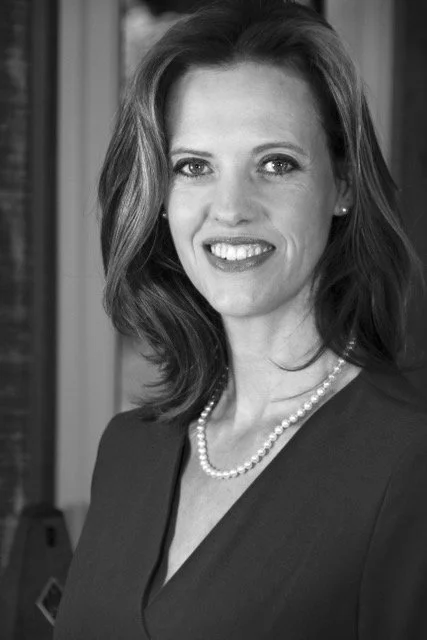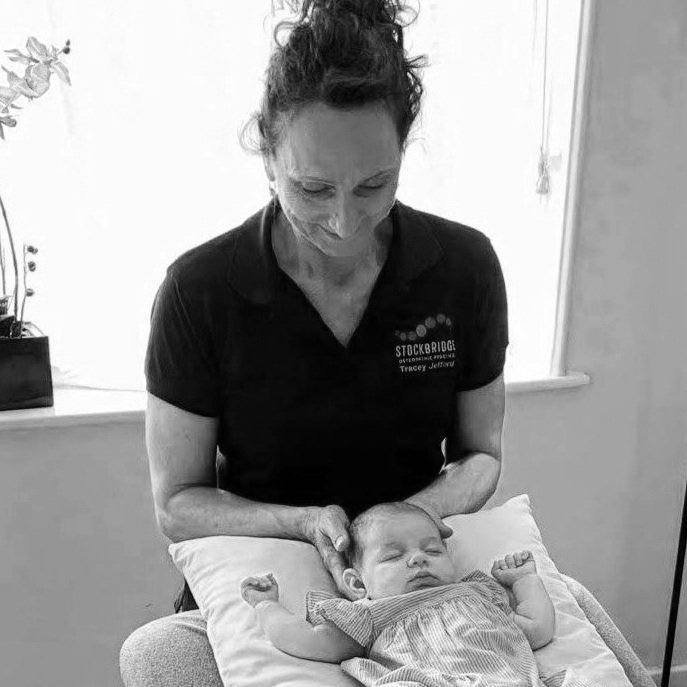Movement Ecology
‘Stasis and convenience are a prison cell where your body rots’ Ben Pobjoy
With Back Care Awareness Week around the corner, is it time we take a look beyond our symptoms and at what might actually be at the root cause of all our aches and pains?
There is no doubt about it, our environment shapes how we move. And the way we move will also influence our environment, from our office and home space, to the community, city, country, and even the world in which we live.
This is movement ecology.
The convenience that you have grown to expect, accept and love is not only driving your own ‘sedentarism’ and ‘body rot’, but also that of the people that are laboring to provide it for you.
Being seated is very much linked to consumerism and materialism. If you’re not moving, someone else is moving for you, either directly or indirectly by making stuff to make not moving easier for you.
What can you think of that you use that means that you move less? It needn’t be the big stuff like a car or escalator. What about the tiny tea bag, TV remote control, electric toothbrush, electronic car key….? How much movement have you lost by accepting these conveniences and so many others?
See how the choice to move (or not) is presented to us everyday, but how often we select the most sedentary choice without a second thought.
In order for you to not walk around the car unlocking doors, turning your wrist or getting up to change the channel you have accepted a load of rubbish, plastic (landfill) and a battery. And another human has had to labour and another ecosystem is being destroyed to fulfill our love of convenience.
We have a role in the ecosystem, and it is not an immobile one sitting comfortably at the top of the food chain as we have been taught. Our role is dynamic, proactive and integrative, and ultimately critical to all other living things on this planet.
The majority of us live apart from nature, and health care practitioners are now dealing with the physical and mental effect of this separation. Our lack of movement, and our lack of movement in nature means we are essentially living like animals in captivity.
What are the main diseases we see in captive animals? Cardiovascular disease, musculoskeletal pain, diabetes, obesity, anxiety, depression. Sound familiar?
So what can we do, I ask, as I sit here in front of my laptop, only stretching my eye muscles to focus 2 feet in front of me…
Katy Bowman says ‘you need to move more than you do right now. You not only need to move more, you need to move better. You not only need to move more and better, you must move with others, and move through, around and over some natural terrain. Move at your job, or move jobs, move homes or at least move furniture around or out of your home.’
What am I doing to increase my own movement and that of others? I’m going to walk (hop, skip and jump) to my local shops and buy locally produced, in season, organic food and carry it home.
Inspired? Intrigued? Curious? Read Movement Matters by Katy Bowman and dive into a world of squats, bare feet, bugs, breathing and why YOUR movement matters.
And for an easy back pain relief exercise, go to the website to find a lovely spinal mobility flow video guide to help ease you out of bed in the morning, give your spine a break in the day and to soothe a weary body in the evening.
Emma Wightman
www.the-sop.com



































